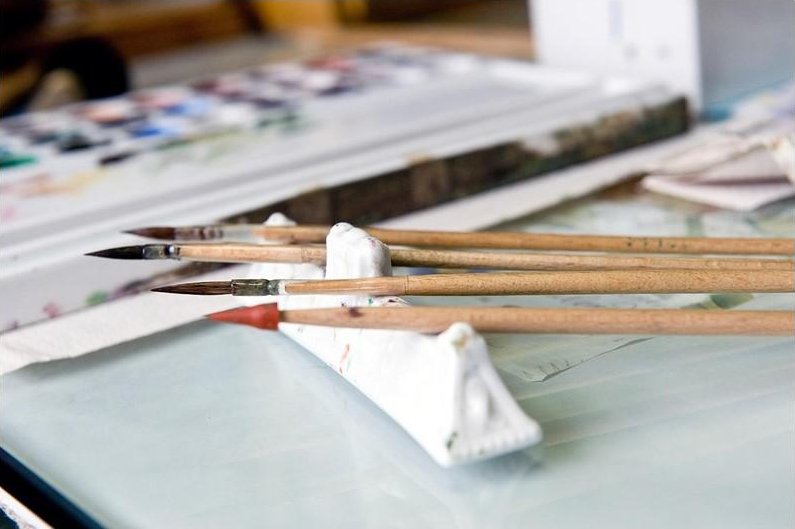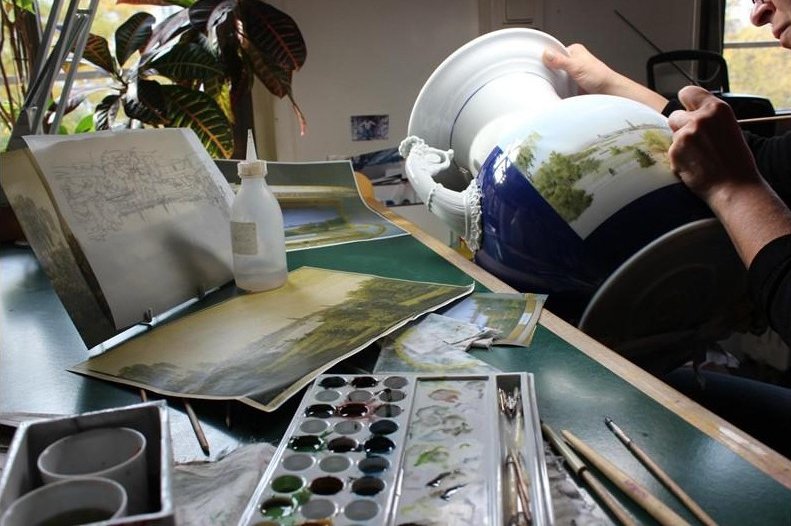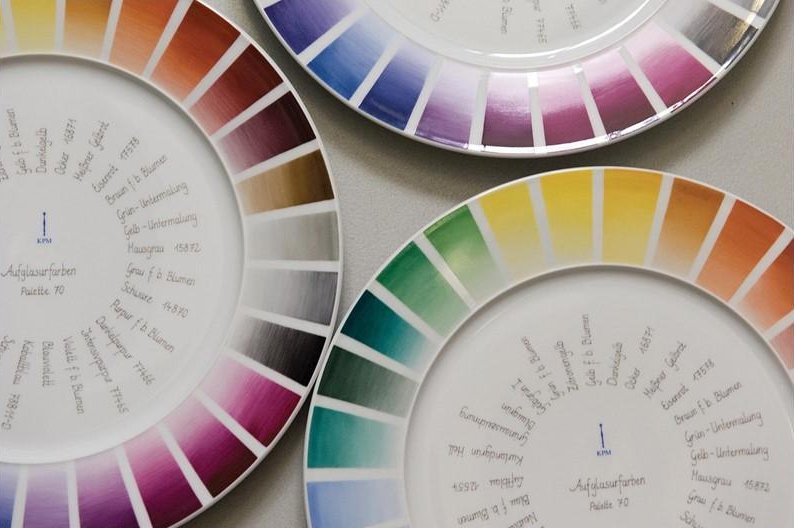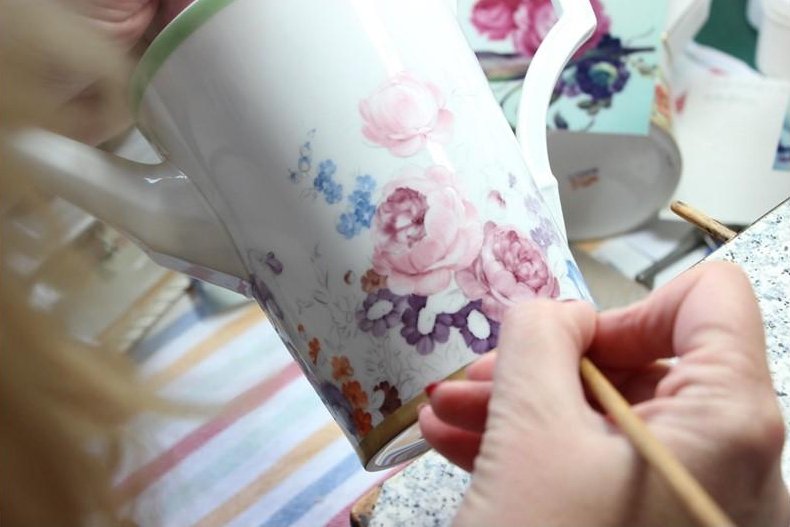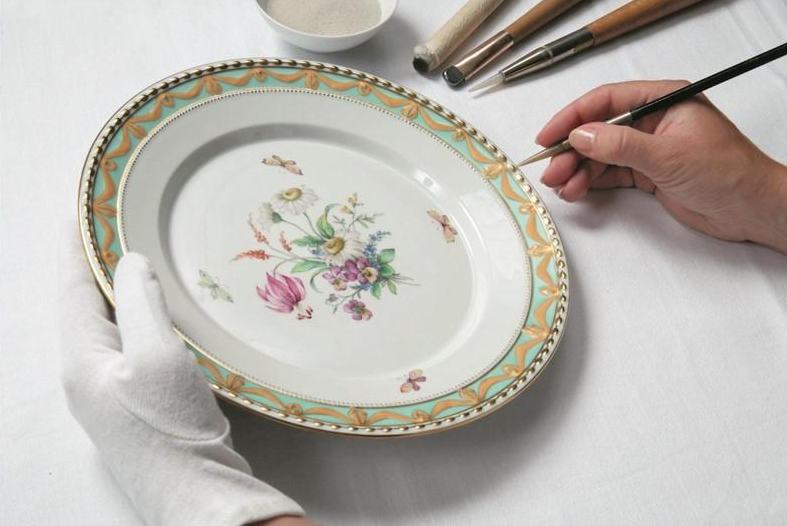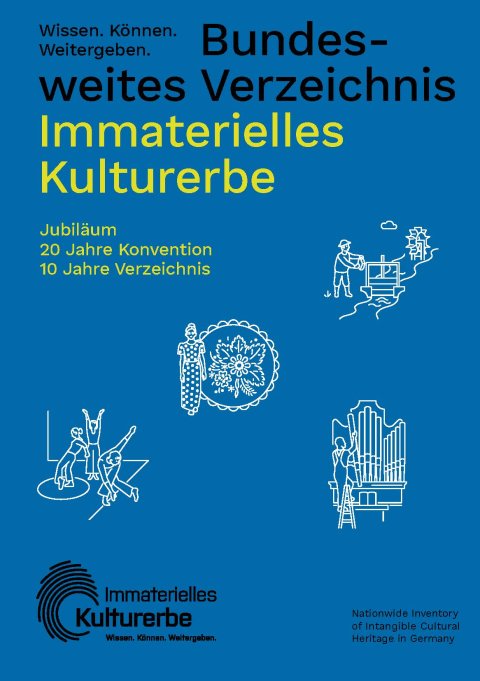Nationwide Inventory of Intangible Cultural Heritage
Porcelain Painting
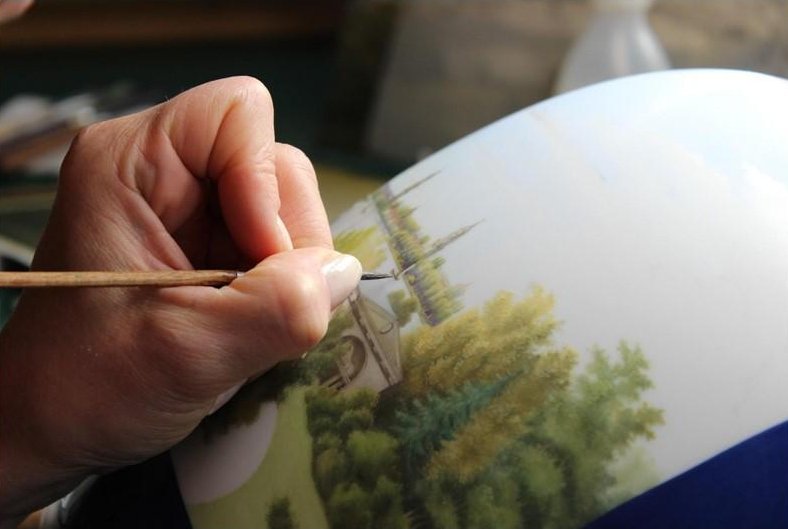
The porcelain painting in Germany looks back on a centuries-old tradition of craftsmanship. The transfer and maintenance of the complex knowledge takes place only in scattered locations. In the 18th century three of Germany's most important manufactories were founded: the Meissen factory in Meißen near Dresden, the Porcelain Manufactory of the Bavarian Royal House in Nymphenburg and the Royal Porcelain Manufactory Berlin GmBH (KPM).
Facts & figures
Crucial date: all seasons
Inscription: 2016
Domains: traditional craftsmanship
Where to find: nationwide (also abroad), especially in Berlin, Meißen (Saxony) und Nymphenburg (Bavaria)
Contact
Meisterkreis-Deutschland e.V. (Berlin Office)
Clemens Pflanz
@email
The three master craftsman’s workshops produce style-defining and custom-made designs from four centuries. All porcelain products are painted by hand and the colors used are manufactured and mixed in the respective manufactory. Each piece is unique, provided with the individual manuscript of the painter. Depending on the work required, the completion of a piece may take months. A personal painting mark on each piece allows customers to have additional parts made even years later.
The knowledge about the complex application of the ceramic colors, their miscibility and their transformation during baking are basic prerequisites for learning the technical and artistic-mechanic skills. This knowledge as well as other fundamentals of the craft are conveyed to apprentices within a three and a half year vocational training. Then they specialize in a specific field. The work fields comprise four main fields: flower painting, landscape and cotton painting, figure staging and decor. The artistic eye is trained through studies on nature. At the same time a wide range of templates is created for the respective work area, which is incorporated into the porcelain painting.
The regional, national and international image of the porcelain manufactures in Berlin, Munich and Meissen is currently dominated by the search for contemporary forms of expression, as well as traditional decors and techniques which are cultivated as cultural heritage and passed on to future generations.
